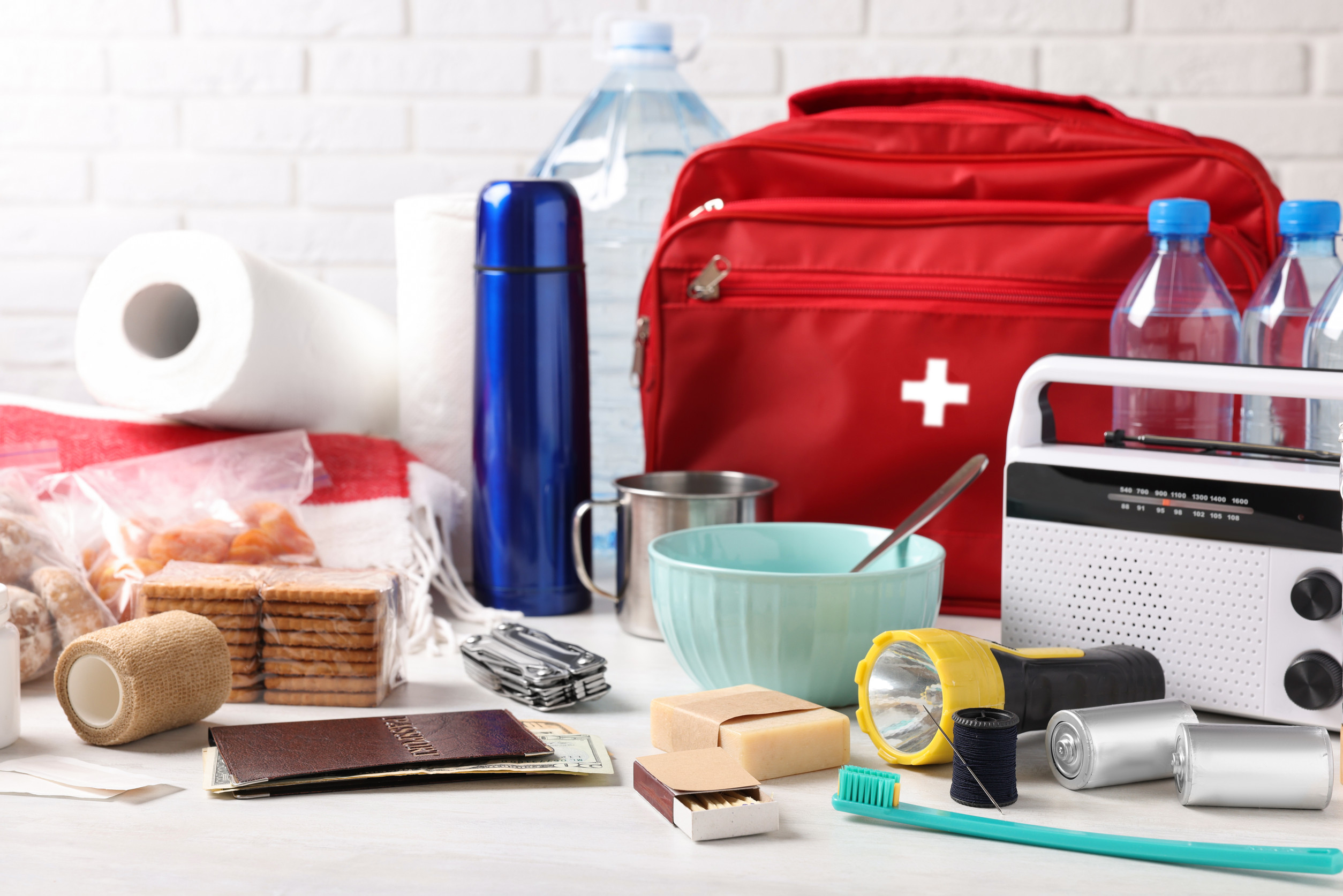When disaster strikes, emergency food kits are supposed to offer peace of mind—not food poisoning. But not all kits labeled “survival-ready” meet safety guidelines, leaving families at risk during critical moments. From expired items to improper packaging, hidden flaws can make a world of difference when every bite counts. This article uncovers 7 common emergency food kits that fail safety standards and shows you how to choose smarter. Keep reading so your next emergency grab bag is truly reliable when it matters most.
1. Kits with Expired or Near-Expired Ingredients
Many emergency kits include items well past their prime—subtly hidden behind labels like “best used by” dates. Experts warn that consuming expired food increases the risk of foodborne illnesses, especially in emergencies when medical help may not be nearby. Even canned goods degrade over time, losing nutritional value and shelf stability. Always check “use-by” and “best-by” dates carefully before relying on a kit. Replacing expired items annually is a small effort to ensure your kit remains safe and effective.
2. Kits Without Proper Temperature or Sealing
Good emergency kits must be sealed airtight and designed to withstand heat, moisture, and pests. Some pre-packaged kits skip moisture-proof packaging, leading to soggy crackers or contaminated meals. Without proper sealing, oxygen and pests can ruin food—even if it’s technically not expired. Building your own kit using Mylar bags and oxygen absorbers ensures longevity. It’s simple to upgrade cheaply and adds critical protection for your supplies.
3. Meal Kits Recalled for Bacterial Contamination
While not all recalled, some meal kits have triggered alerts for Salmonella exposure. Emergency kits often include freeze-dried meals that may use the same supply chains as recalled products. Under emergency conditions, sanitization protocols may be overlooked, increasing risk. Avoid kits lacking transparent sourcing or recall updates. Instead, choose brands with documented safety measures and FDA registration.
4. Kits Made with Non-Packaged Ingredients

Image Source: 123rf.com
Some budget kits rely on bulk grains or loose items packaged at home—items not meant for long-term storage. The USDA recommends only sealed, shelf-stable products in kits. Loose flour, sugar, or dehydrated items introduced without proper sealing can attract mold, pests, or spoilage. Ensure any home-prepped component uses food-grade packaging and oxygen control. Test your kit under stress to see how individual items hold up.
5. Kits That Include Glass Containers
Glass jars or bottles in emergency kits may shatter if dropped or handled roughly. Despite stability in ideal conditions, glass poses a serious hazard during evacuation or emergencies. Safety guidelines advise avoiding breakable packaging in favor of metal cans or flexible pouches. Kits containing glass risk injury or contamination if broken. Check the packaging before trusting it for travel or crisis situations.
6. Kits Lacking Allergen and Expiration Labels
Food-allergic individuals face extra danger during emergencies—but many kits fail to label allergens clearly. Even if ingredients seem simple, hidden additives or cross-contamination can be disastrous. Proper labeling—date, ingredients, allergens—is essential for safe consumption. Avoid kits without transparent labeling. If yours omits labels, consider re-packaging items yourself or choose brand-supported, labeled kits.
7. Kits With Inadequate Water and Prep Instructions
Food may be non-perishable, but proper preparation is still critical. Some kits lack clear instructions, including how much water is needed for rehydration, cooking methods, or safe temperatures. Emergency food guidelines warn that improperly prepared meals can result in bacterial growth. Ensure your kit includes a clear prep guide and has water storage or boiling options included. Practice preparing a meal to ensure it’s safe, edible, and provides the promised calories.
How to Make Your Emergency Food Kit Truly Reliable
Emergency food kits should be safe, nutritious, and ready for any situation. Experts recommend checking expiration dates annually, repackaging items into sealed Mylar bags, avoiding glass, and choosing recognized brands with batch tracking and recall notifications. Add clear instructions and consider dietary restrictions before packing. A reliable kit isn’t about quantity—it’s about quality and food safety under stress.
Have you discovered a problem with your emergency food kit—or found a brand worth recommending? Drop your experience in the comments and help others stay prepared and safe!
Read More
7 Gross Truths About Pre-Packaged Salad Kits You Wish You Didn’t Know
7 Grocery Items That Are No Longer Safe to Stockpile Long-Term

